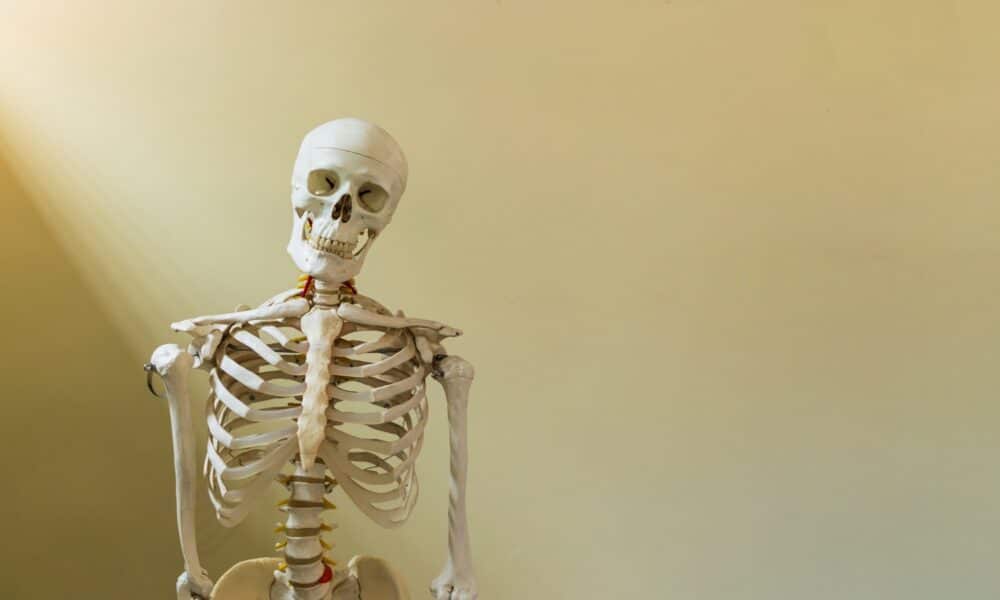Imagine finding a medieval cemetery that is over 1,500 years old! This happened in Wales, near Fonmon Castle, where Archaeologists discovered a site with more than 80 skeletons buried in an unusual way.
What really impressed researchers was the way these bodies were buried. Instead of traditional positions, they found skeletons on their side, on their backs, and even squatting. This is very different to what we are used to from ancient burials!
Understanding old traditions
This discovery is a real treasure for anyone who studies the past. By analyzing these skeletons in strange positions, experts are beginning to better understand how ancient people behaved, particularly in relation to their burial rituals.
In the past, as now, every culture had its own way of burying the dead. Some were placed in the fetal position, others in a sitting position. However, burial methods were very different in this medieval cemetery.
Professor Andy Seaman from Cardiff University, an expert in medieval archaeology, commented Diversity. He mentioned that although other archaeological sites find bodies in similar positions, the quantity and variety found here is remarkable.
 Archaeologists discovered skeletons that are 1,500 years old Source: Cardiff University_reproduction
Archaeologists discovered skeletons that are 1,500 years old Source: Cardiff University_reproduction
More than skeletons
In addition to the bones, the excavations uncovered other very interesting items: animal remains, glass beakers that may have come from France, and even a bone vertebra used to tune musical instruments. These finds provide clues about the life and customs of the people at that time.
However, the archaeological team will not stop there. They plan to continue exploring the site to find out more about the rituals of mourning and celebrating life of these ancient people. By studying these skeletons, they hope to learn about the culture, environment and even the causes of death of these people.

